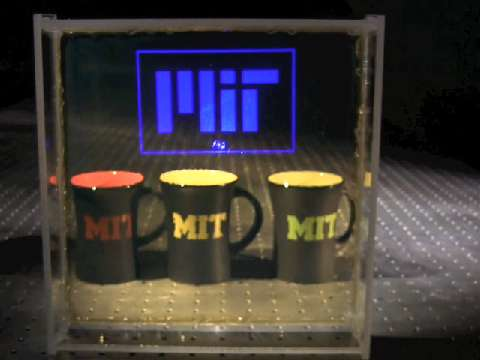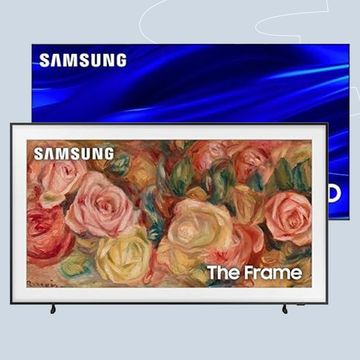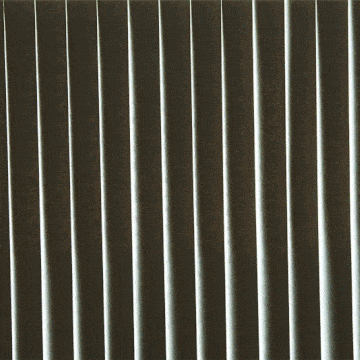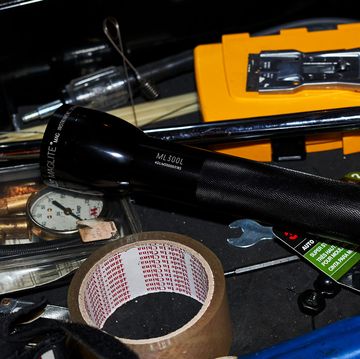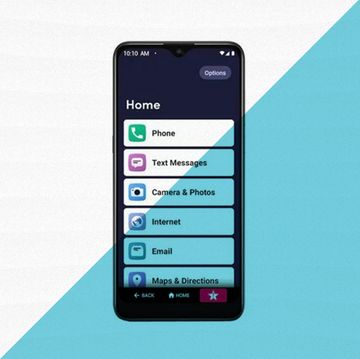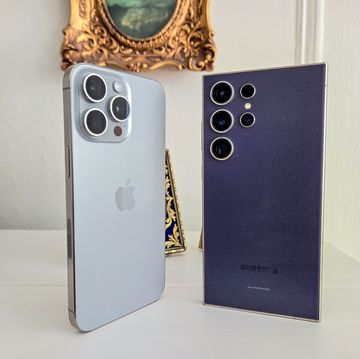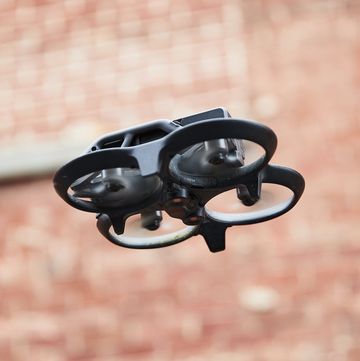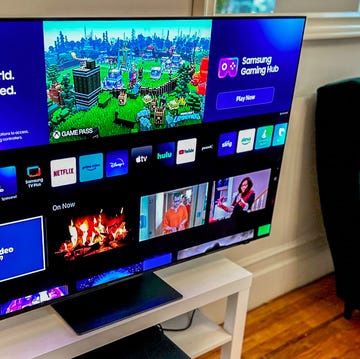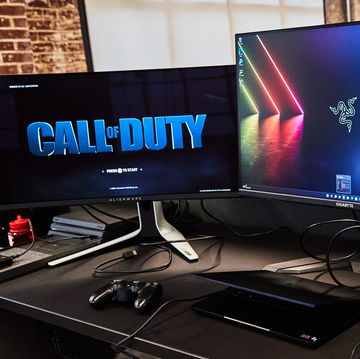It wouldn't be a proper science fiction future without transparent holographic projection screens. Just imagine Tony Stark designing Iron Man components or Minority Report's PreCrime division swiping through the future without their see-through screens.
Fortunately, researchers at the Massachusetts Institute of Technology (MIT) published a study in Nature Communications earlier today, announcing an affordable projection screen that should satisfy all of our sci-fi needs. Although this is hardly the first time scientists have projected an image onto glass, the new MIT method is quite inexpensive—the screen in this video cost only $10 to build.
The custom component is hidden in a thin layer of plastic foil placed over the glass itself, explains Marin Soljacic, a physics professor at MIT and coauthor on the study. Windows are normally transparent because ambient light passes through glass unimpeded. But when Soljacic and his colleagues sprinkled silver nanoparticles throughout their custom screen, these tiny aberrations reflected specific colors of light back at the viewer. When blue light cast by a laser projector bounces off the foil, it produces a clear image on an otherwise see-through surface.
"The plastic looks basically transparent—but if you hit it with just the right wavelength of light it will scatter strongly, producing an image on the glass," Soljacic says.
While existing glass projectors aim images squarely at the eye of the viewer, messages broadcast on nanoparticle screens are accessible from virtually every angle. Affordable, wide-angle glass projection tech could bring navigation data to aircraft windshields and advertisements to the sides of skyscrapers.
But first, Soljacic will need to develop nanoparticles that can reflect the three primary colors back at the viewer. Once the glass can reflect red and yellow light in addition to blue, any combination of colors will be possible. To that end, Soljacic is exploring the possibility of designing one nanoparticle that resonates all three primary colors.
"We don't know of any laws of physics that prevent us from doing that," Soljacic says. "It boils down to whether or not we have the nanofabrication mechanism to make it happen."

